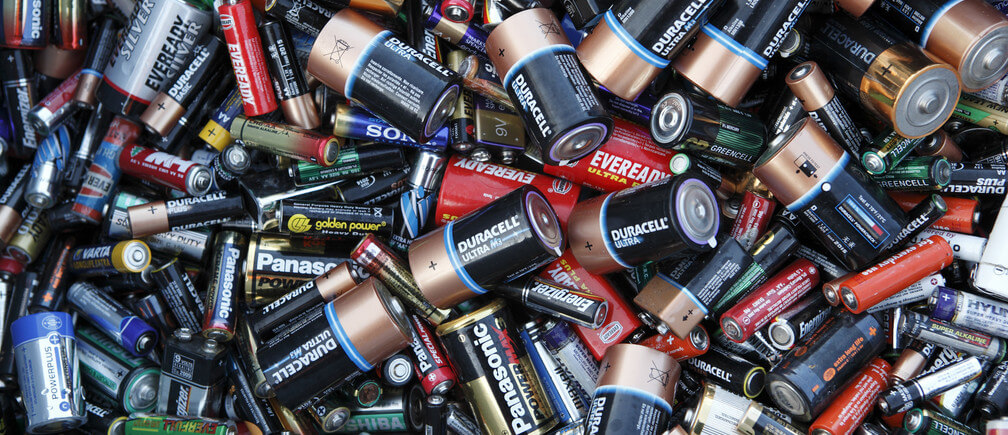The batteries have become a material of daily use, which comes in children's toys, television controls, keyboard and computer mouse, watches and many more things that make daily life easier and more practical , but it turns out that what solves our lives also puts it in danger, since this material is extremely toxic.
Why do batteries contaminate so much?
All batteries contain substances such as mercury, cadmium, lithium and lead, which are extremely toxic to health and the environment, the problem is that at the end of their useful life we throw them into household waste and soon they end up in municipal dumps , in the field or they may be incinerated, all of the above is extremely bad for the environment because those batteries will be an even more toxic waste.
Mercury and cadmium, and other metals, are not destroyed by incineration; They are emitted into the atmosphere, becoming greenhouse gases.
How toxic is it to throw batteries in common trash?
A simple pulse watch battery is one of the most polluting batteries for the environment, in the same way alkaline batteries are of great danger to the environment, any of these small batteries of these could contaminate 600 thousand liters of Water.
How can we reduce the risks of this contamination?
If we carry out a selective collection, the batteries are taken to a recycling plant, where the mercury is separated from other metals and the rest of the materials that constitute the batteries can be recovered. In this way, a hazardous waste is recycled and it is avoided that it can contaminate the environment and harm health.
To reduce battery contamination, the use of rechargeable batteries is recommended, which, despite remaining polluting, for their long duration helps replace the mass purchase of batteries.
A proper way of storing used batteries and avoiding damage to the environment will help us have more control over the pollution we can generate when we dispose of this harmful product.
- Use a plastic container with a lid.
- The container must be completely dry and covered.
- Deposit the batteries inside the container, but making sure they are not wet or wet, if so, we must dry them before depositing them in the container.
- Cover the container and place it in a cool dry place, protecting it from sunlight.
- When your container is full you can take it to a recycling plant or deposit the batteries in the special containers for it that are found in several stores in your community.
With these simple steps we can ensure the reduction of pollution caused by the batteries we use constantly.

